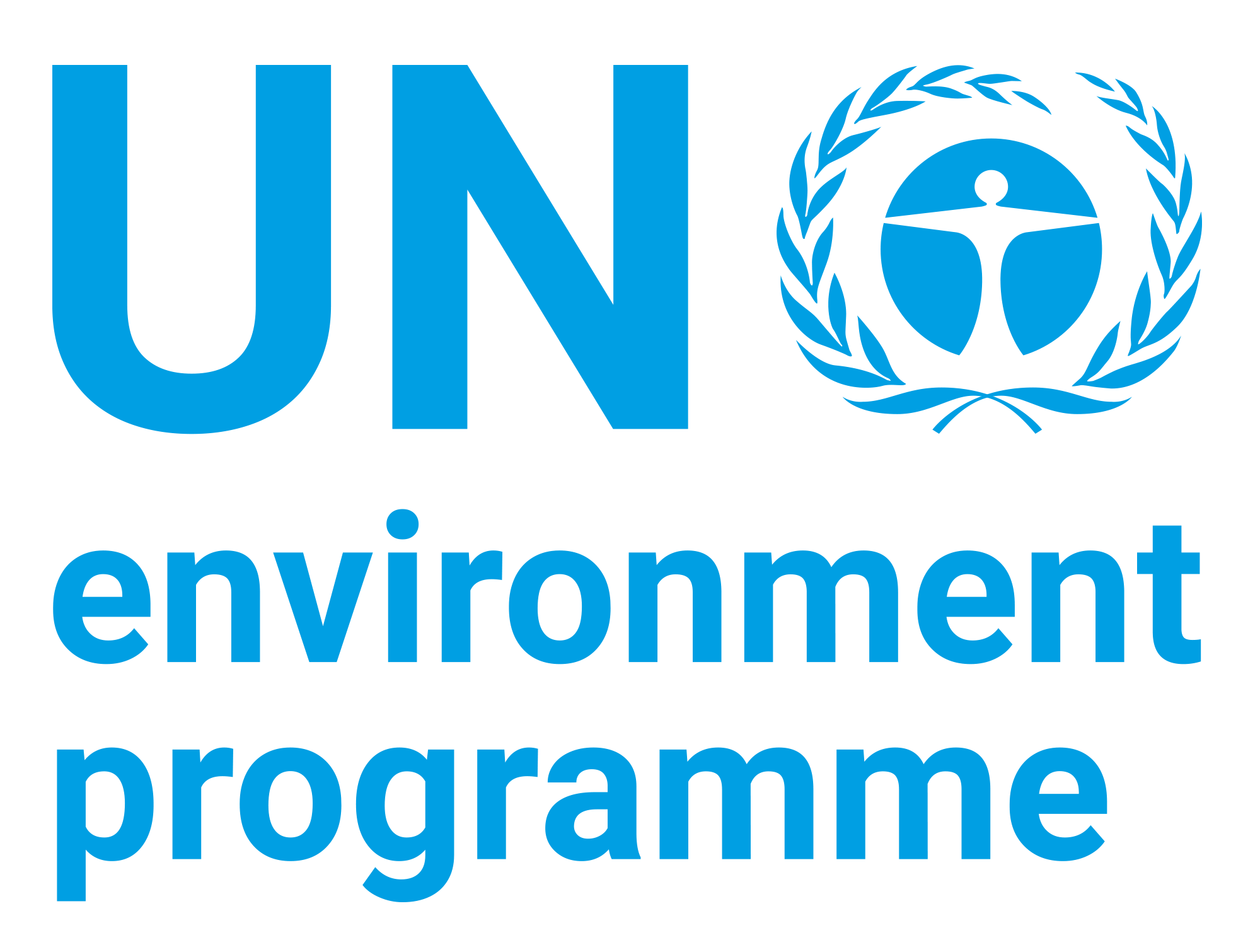| dc.contributor | International Resource Panel | en_US |
| dc.contributor.author | United Nations Environment Programme | en_US |
| dc.contributor.author | International Resource Panel | en_US |
| dc.date.accessioned | 2020-02-06T08:46:03Z | |
| dc.date.available | 2020-02-06T08:46:03Z | |
| dc.date.issued | 2013 | |
| dc.identifier.uri | https://wedocs.unep.org/20.500.11822/31446 | |
| dc.description | Global economic production is now concentrated in cities. Some 80% of global GDP is produced in cities on just 2% of the land surface, though cities depend on the flow of resources from near and far. Cities have been growing steadily over the past 150 years, and by 2007 over half of the world’s 7 billion people lived in urban settlements. By 2050, more than 6 billion people (about 70% of the world’s population at that time) are expected to be living in cities, with most growth in developing countries. The key resource flows that support cities are finite, so sustainable economic development will depend on decoupling growth from escalating resource use and ensuring equitable distribution of the resulting benefits. UNEP’s International Resource Panel (IRP) has reported that innovation in infrastructure is already improving resource management in many cities, with ample opportunities for wider application. | en_US |
| dc.format | Text | en_US |
| dc.language | English | en_US |
| dc.relation.ispartof | IRP Reports | en_US |
| dc.rights | Public | en_US |
| dc.subject | city | en_US |
| dc.subject | governance | en_US |
| dc.subject | urban development | en_US |
| dc.subject | urban planning | en_US |
| dc.subject | urban housing | en_US |
| dc.subject | physical infrastructure | en_US |
| dc.title | City-level Decoupling: Urban Resource Flows and the Governance of Infrastructure Transitions – Factsheet | en_US |
| wd.identifier.sdg | SDG 11 - Sustainable Cities and Communities | en_US |



